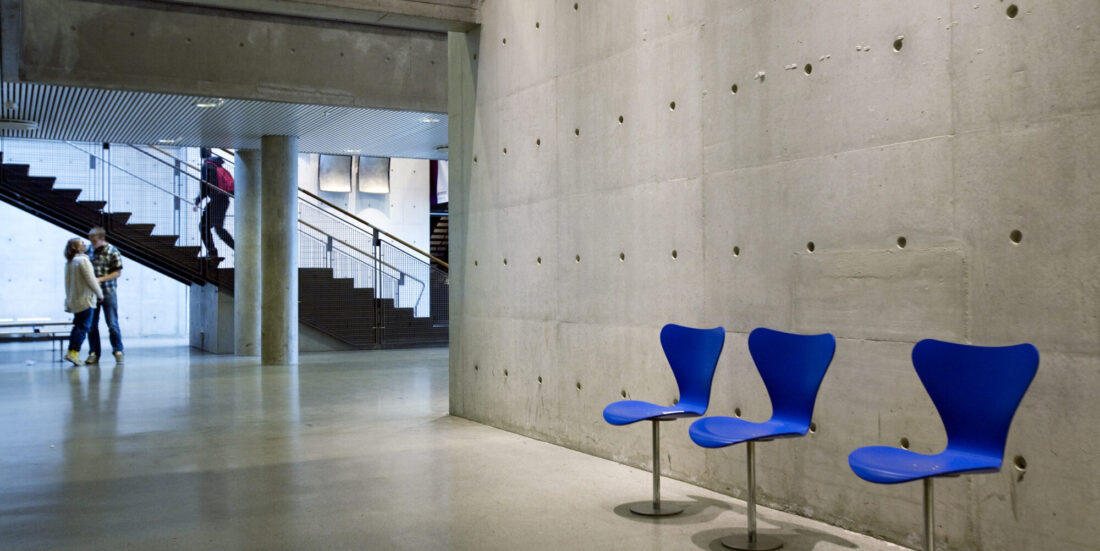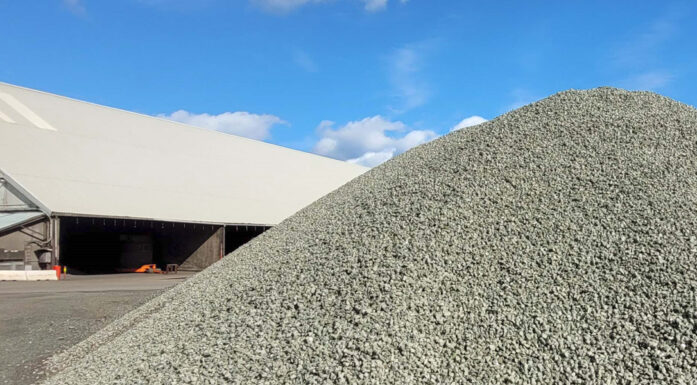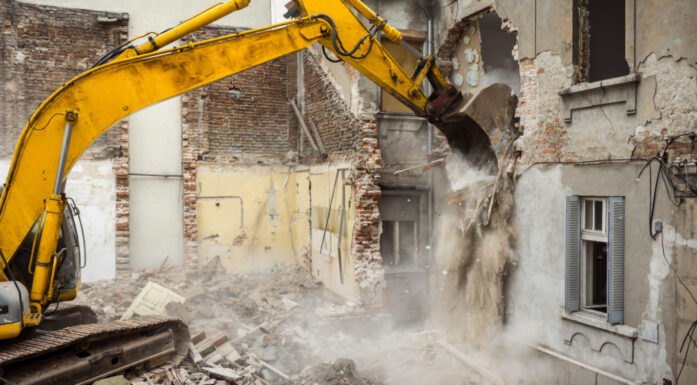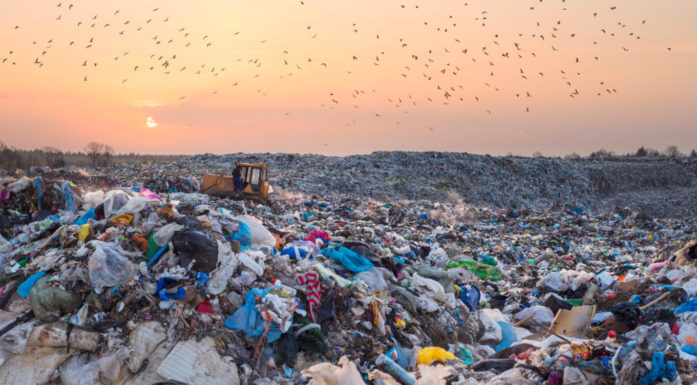Green and everlasting concrete is no longer a distant dream
Everlasting concrete is here! It requires no maintenance, and its manufacture emits 80 per cent less CO2 than current products. And just recently, its inventors have been awarded a research prize for their achievement.
It sounds almost too good to be true. But research carried out by SINTEF scientists Harald Justnes and Tobias Danner has led to the development of concrete materials with properties that only a few years ago were a distant dream.
The ‘glue’ is the problem
Reinforced concrete took the world by storm when it was introduced as a building material at the end of the nineteenth century. It provided us with an inexpensive material that could be moulded into almost any shape we wanted. The Holmenkollen ski jumping arena in Oslo, Norway and the Sydney Opera House are good examples.
On top of all of this, concrete has a long lifetime and is inexpensive to maintain.
However, the other side of the coin is that the cement component that acts as the concrete’s ‘glue’ cannot be manufactured without the process emitting large volumes of CO2. Cement production thus accounts for eight per cent of global anthropogenic CO2 emissions.
This means that even before they are built and in operation, concrete buildings account for a major negative climate footprint. But the new technology currently receiving its accolade is one of the tools we can use to reduce this footprint.
Large-scale reduction of concrete’s climate footprint
There are two major aspects to the research breakthrough made by the SINTEF scientists:
- They have created an opportunity for a major reduction in the negative climate footprint of concrete materials, first and foremost by demonstrating that some of the cement in concrete can be replaced with a burnt blue clay – a material that is available in plenty as a natural resource. Danner completed his doctoral degree in the application of burnt clays with Justnes acting as his supervisor.
- They have also shown that traditional steel reinforcement can be replaced by aluminium in situations where burnt clay is used to replace at least half of the cement content of the concrete. The clay serves to confer a level of acidity on the concrete that the aluminium can tolerate. This means an end to the corrosion issues that have made preventive maintenance essential for as long as concrete has been reinforced using steel.

Two very satisfied concrete researchers have just been awarded SINTEF’s “Prize for Research Excellence”. Tobias Danner (left) and Harald Justnes. Photo: Karoline Ravndal Lorentzen/SINTEF
Less energy consumption and fewer materials
No time has been lost in applying this breakthrough technology in Norway. To date, we have a road bridge across the Grødøla river in Sunndal, and the entrance area of a boat heritage museum (Geitbåtmuseet) in Heim, Trøndelag.
The plan now is to apply the technology to the construction of a concrete stairway from Abels gate up to the Chemistry faculty buildings at NTNU in Trondheim as part of the so-called ‘Campus’ development project.
According to the researchers, it is too early to say exactly how many types of constructions the new concrete can be used for. However, they believe that they will have the answer to this question after they have “had some conversations with the constructors”.
The prize winners also maintain that the new technology can reduce CO2 emissions linked to a given concrete construction by up to 80 per cent over its lifetime.
Such emission reductions can be achieved in a number of different ways such as:
- Reducing the use of cement
- Burning the clay at lower temperatures than are used in the calcination of limestone in traditional cement manufacture. So much lower, that in theory the heat used can be generated from biofuel combustion.
- Reducing materials consumption because the use of aluminium as reinforcement reduces the need for cover.
- Reducing energy consumption in the manufacture of reinforcement because recycled aluminium can be utilised.
- Increasing the lifetime of constructions and minimising their need for maintenance.
Grateful to partners
On Wednesday 10 May the two researchers were awarded SINTEF’s “Prize for Research Excellence” for their contribution.
Both prize winners are keen to emphasise that close collaboration with a number of industrial partners has been a key factor in their success, and they are very grateful for their partners’ efforts. They also offer their thanks to the Research Council of Norway for its invaluable financial assistance.





